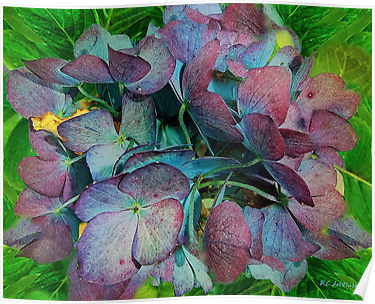
Great art never looses its social relevance, and its historical perspective remains in tact throughout the ages. “The Dance is Over” by RC deWinter exemplifies art’s ability to connect with culture universally and gives audiences the opportunity to experience and learn from the visual, literary and historical perspectives present in the art itself. “The Dance is Over” is an original contemporary poem created by the artist that is timeless in its portrayal of a woman’s search for truth. Ultimately, the central character so eloquently presented by RC deWinter is on a quest for truth that causes her to identify the facade that prevents truth, removing the obstacle and putting oneself in the position to receive the truth.

In addition to being on a quest for truth, “The Dance is Over” in its conclusion proves beyond all doubt that the truth really does set you free.
Rc deWinter begins the poem with her central character coming to terms with her desire to end the dance with her partner. It’s great that the author chooses to begin the poem in this fashion for the following two reasons: (1) the poem’s literary inciting incident is executed clearly and directly to the audience, and (2) it gives audiences the opportunity to ponder what the character may have been experiencing prior to the event. It is noteworthy to highlight the way in which the central character breaks the news to her dance partner with a resounding, “We must stop dancing now.” This bit of dialogue is emotionally striking and gives the audience a clear sense of the character’s determination to end the facade.
Dance As Masquerade for Truth
RC deWinter cleverly uses the visual image of a dance as a literary device that teaches audiences to look beyond illusions to find the truth. For example, the central character identifies the dance as being composed of “the shying and lying” and “the masking and unmasking”. The central character further instructs her dance partner to strip away these qualities and enter the garden with the following demands, “bring with you truth unvarnished”, “bring honestly with honor”, “bring what you hold most dearly”. It is through the central character’s desire to experience truth in the garden that she expects a “new beginning” to arise.

The Garden as a Place for Truth
RC deWinter’s artistic decision to make the garden the location where truth is revealed, makes for a visually striking image that is emotionally captivating and historically significant. Many great writers throughout literary and cultural history have used the image of the garden to juxtapose the human plight for truth against the always constant truth in the beauty of nature. Audiences will nostalgically consider the gardens of Eden, Gethsemene and others important to global culture as they follow the central character’s journey for truth.

